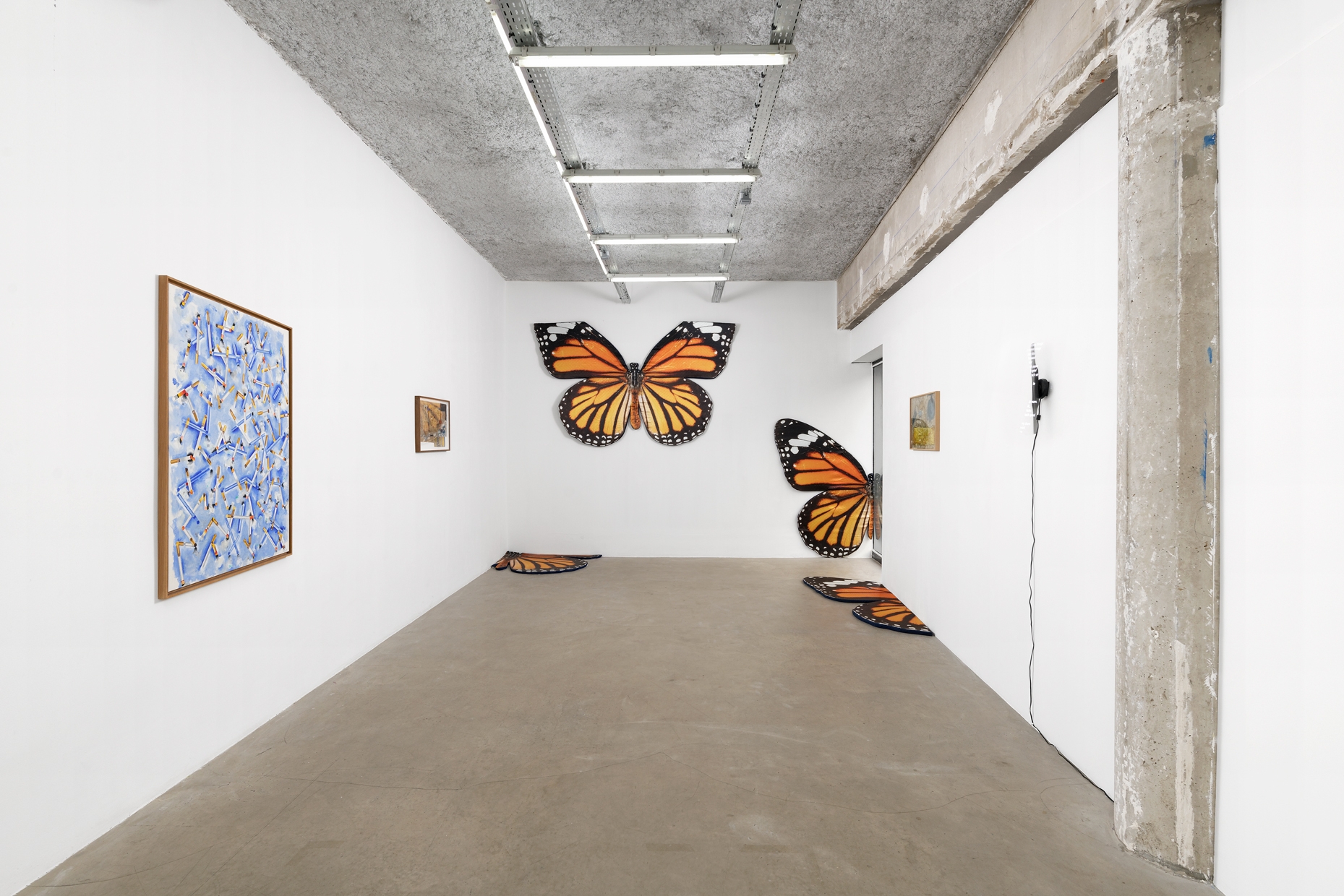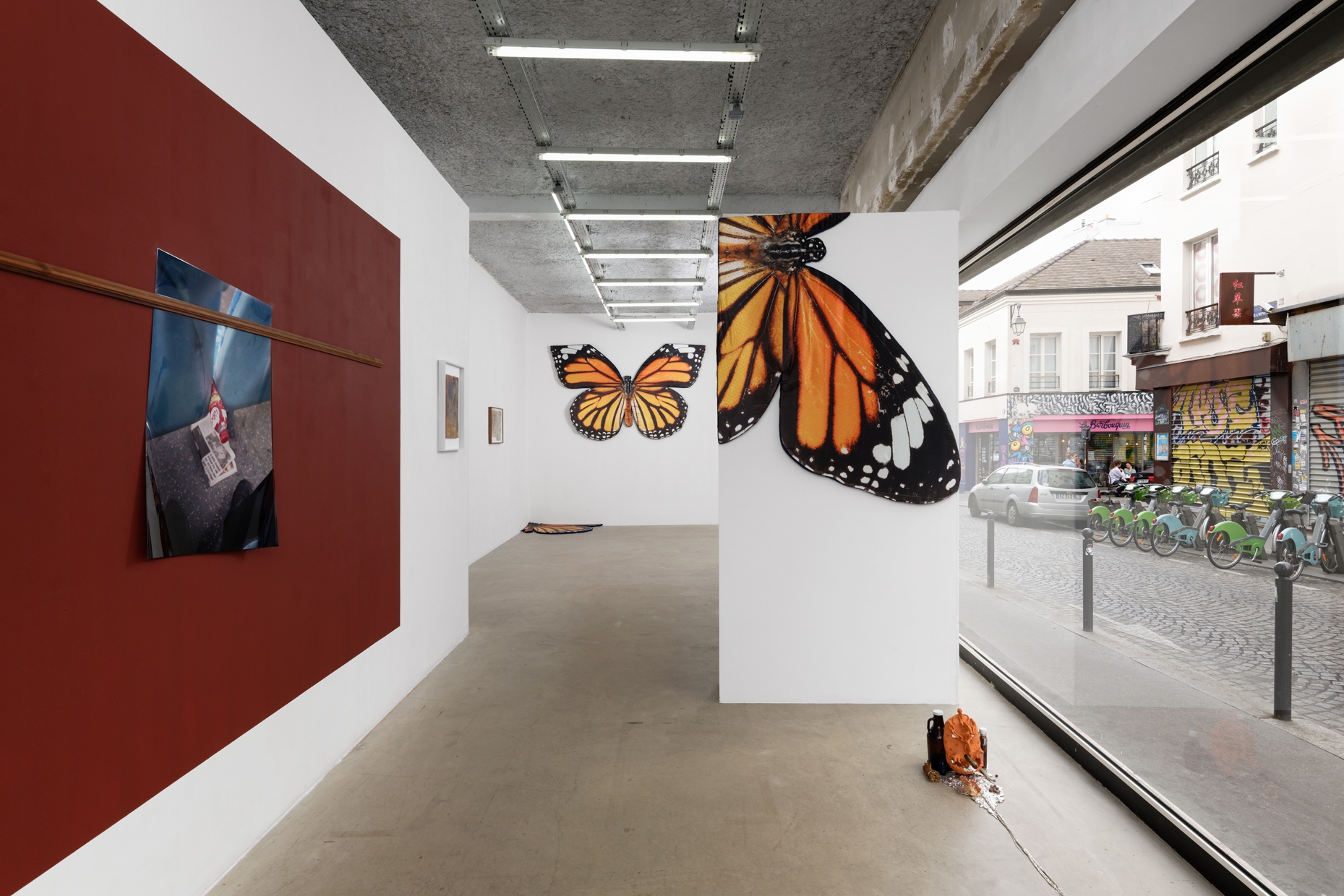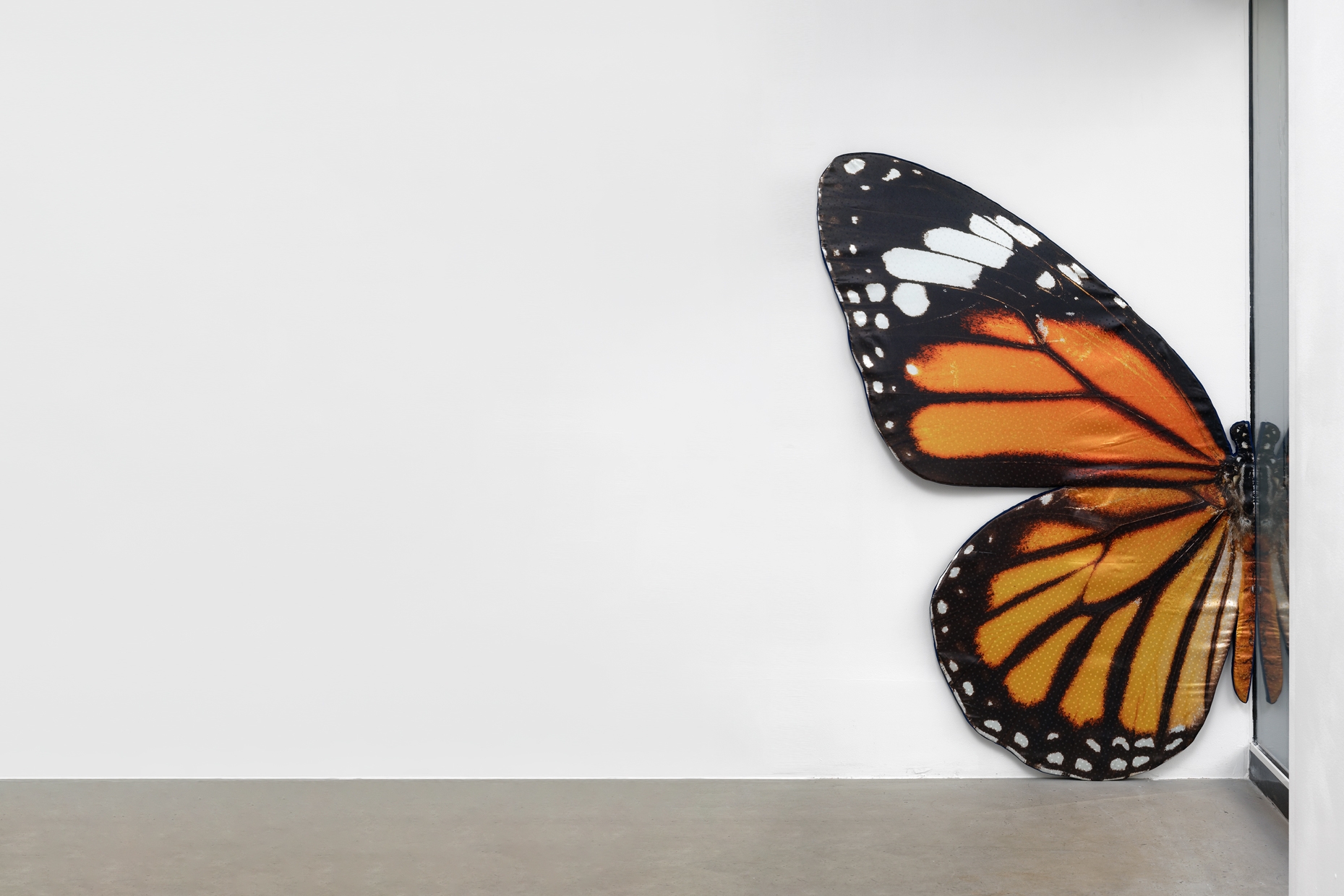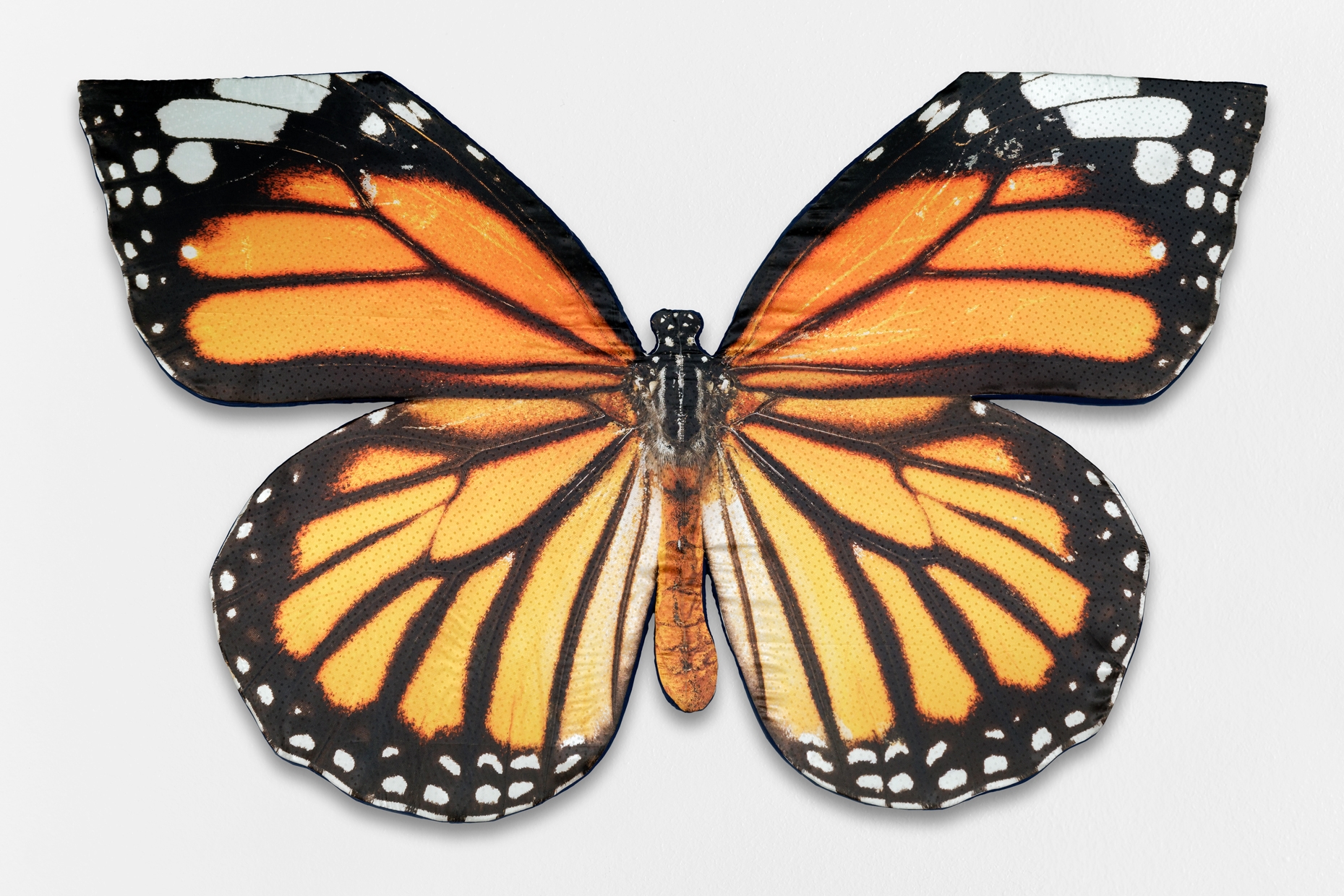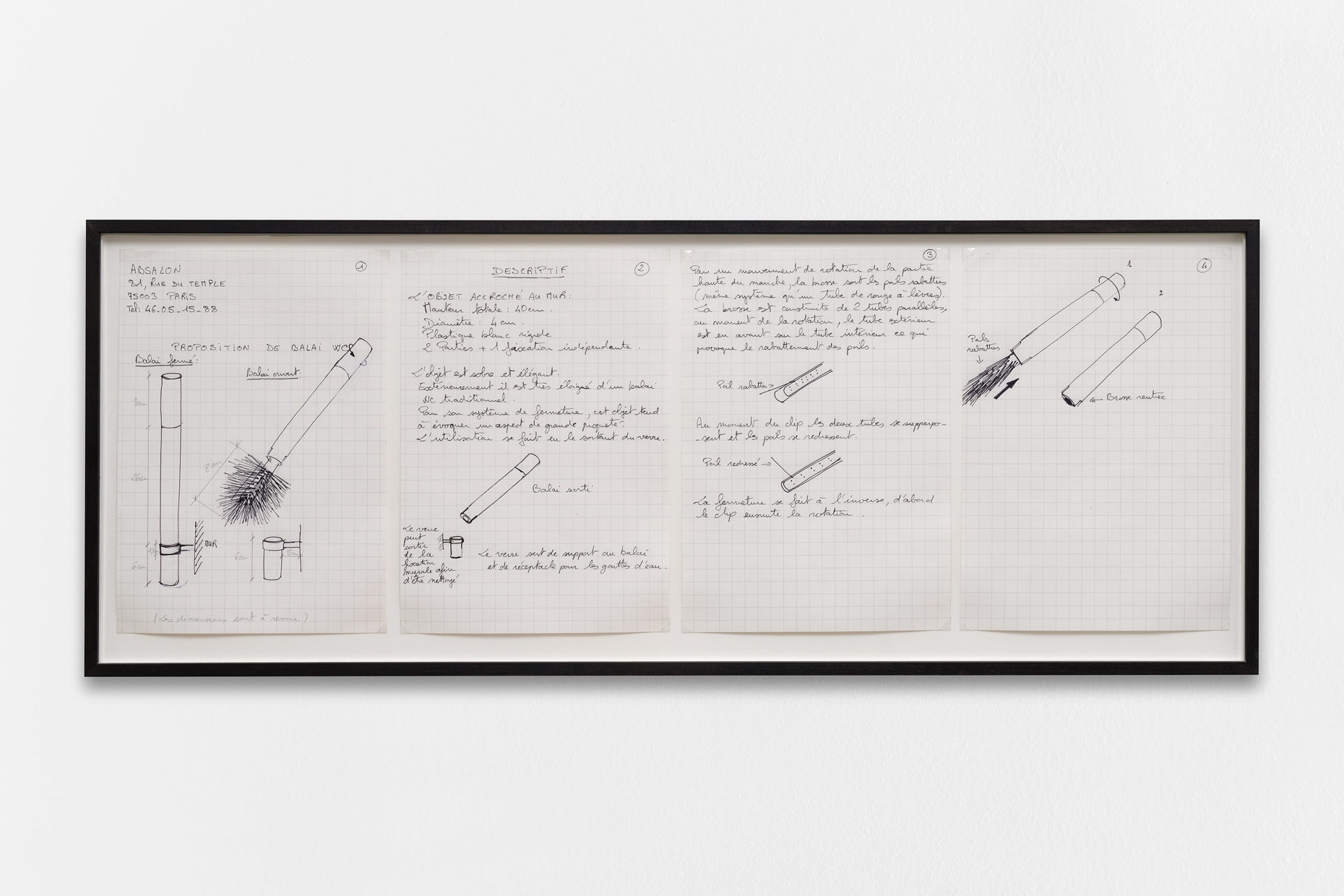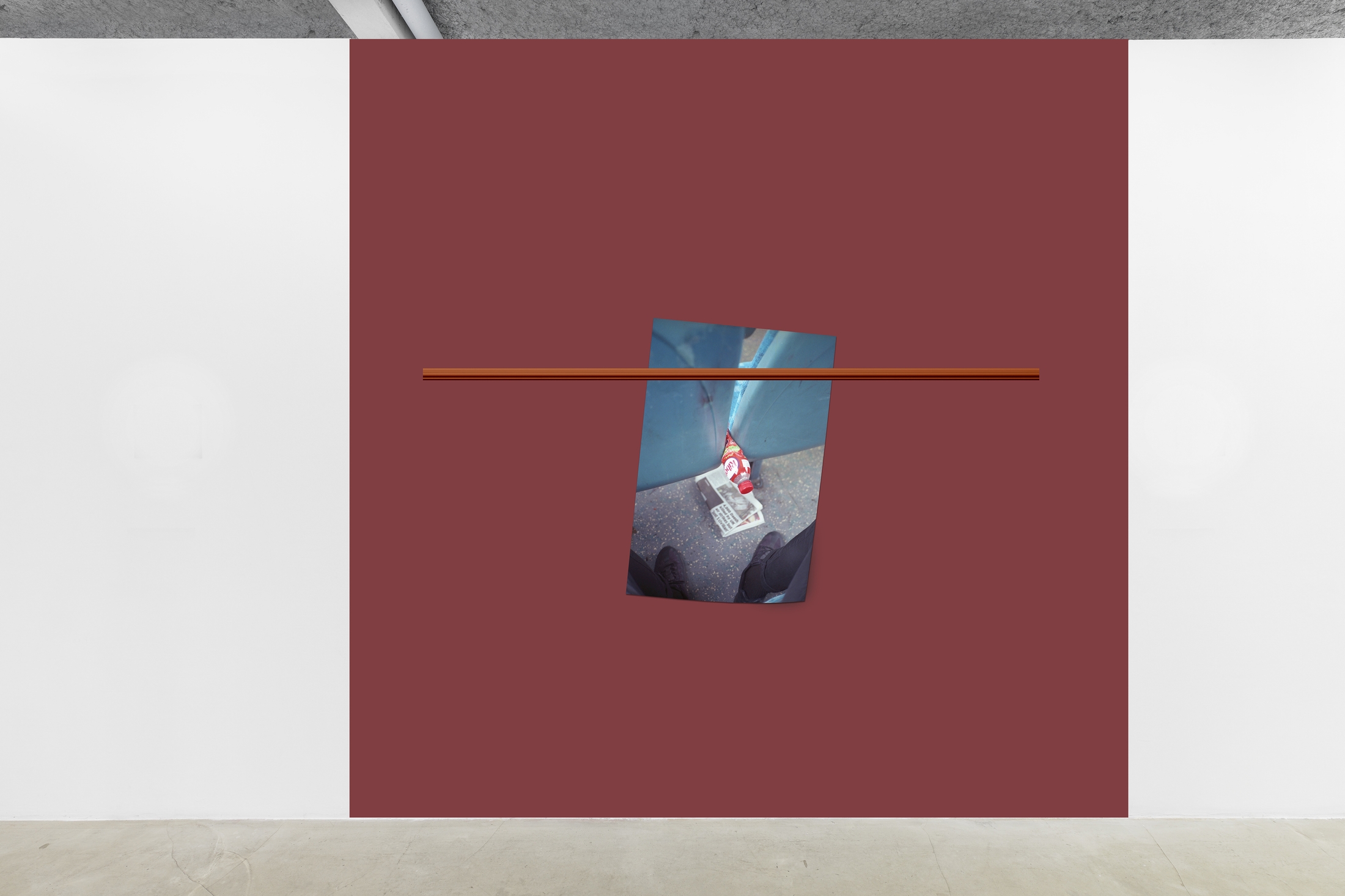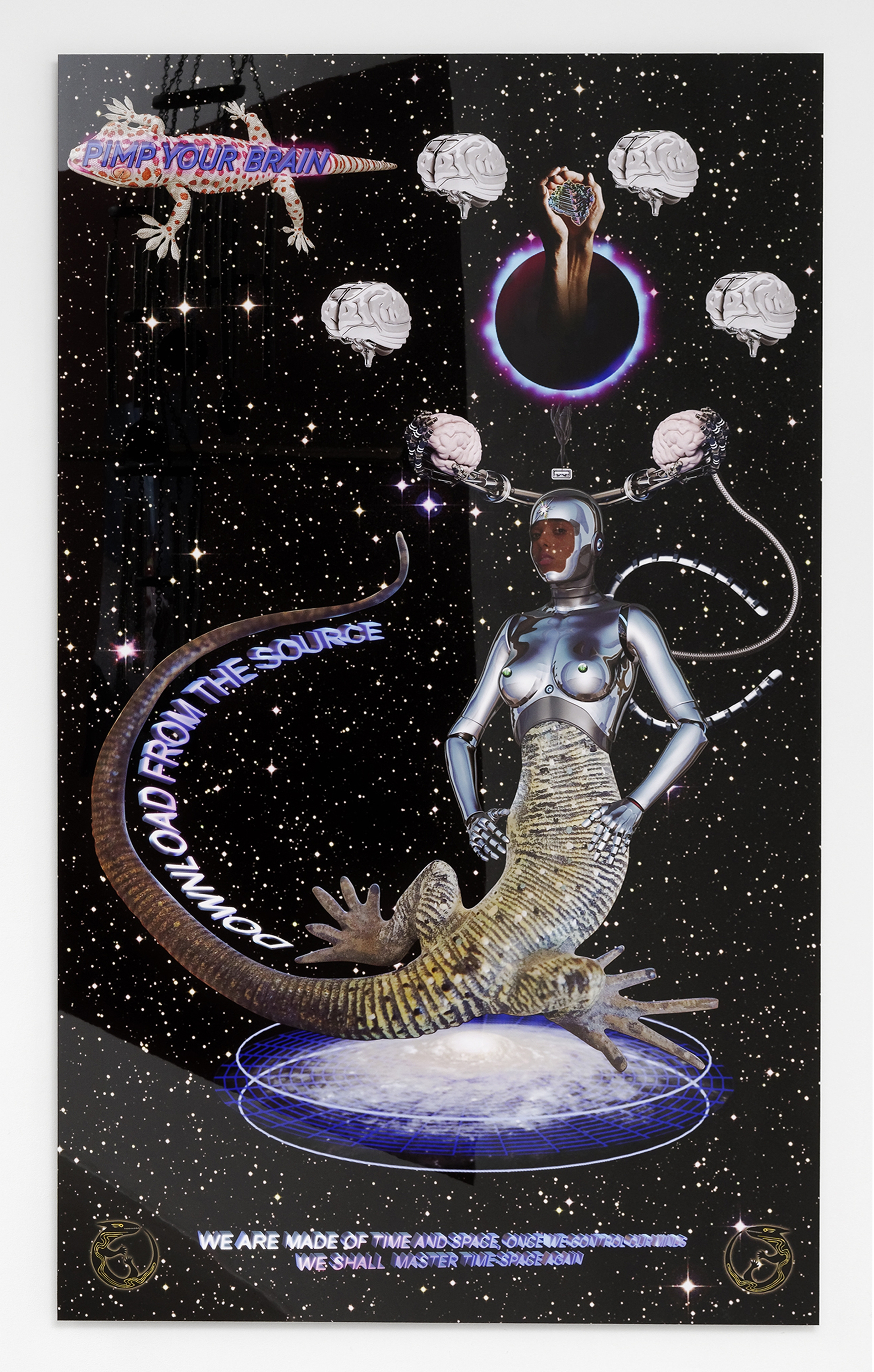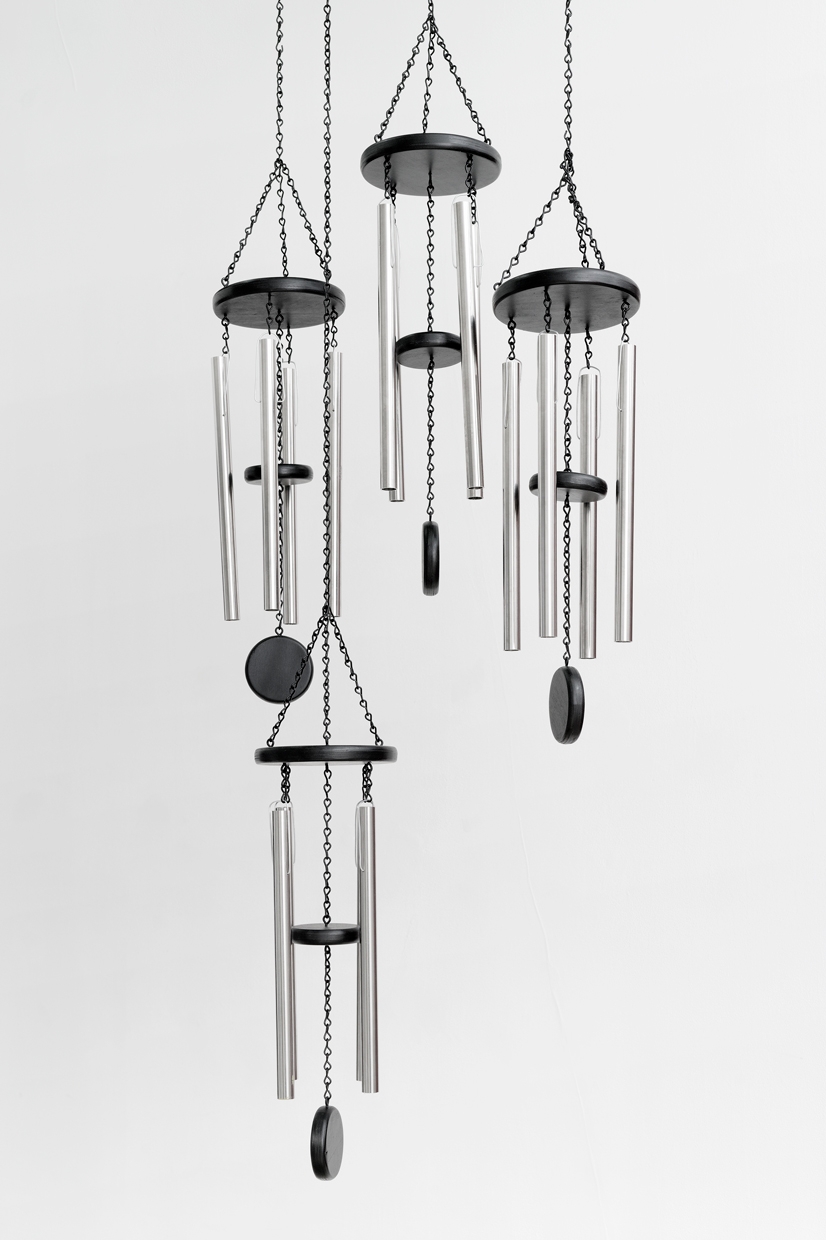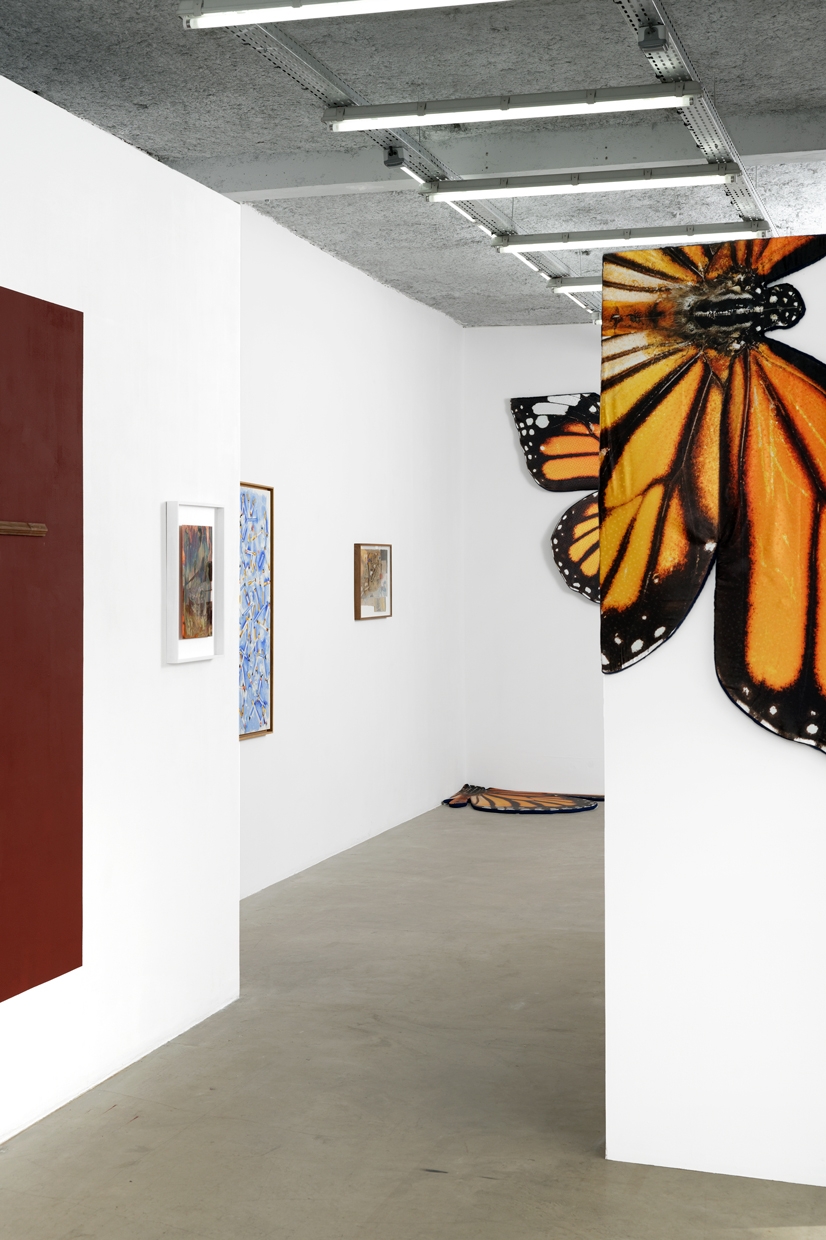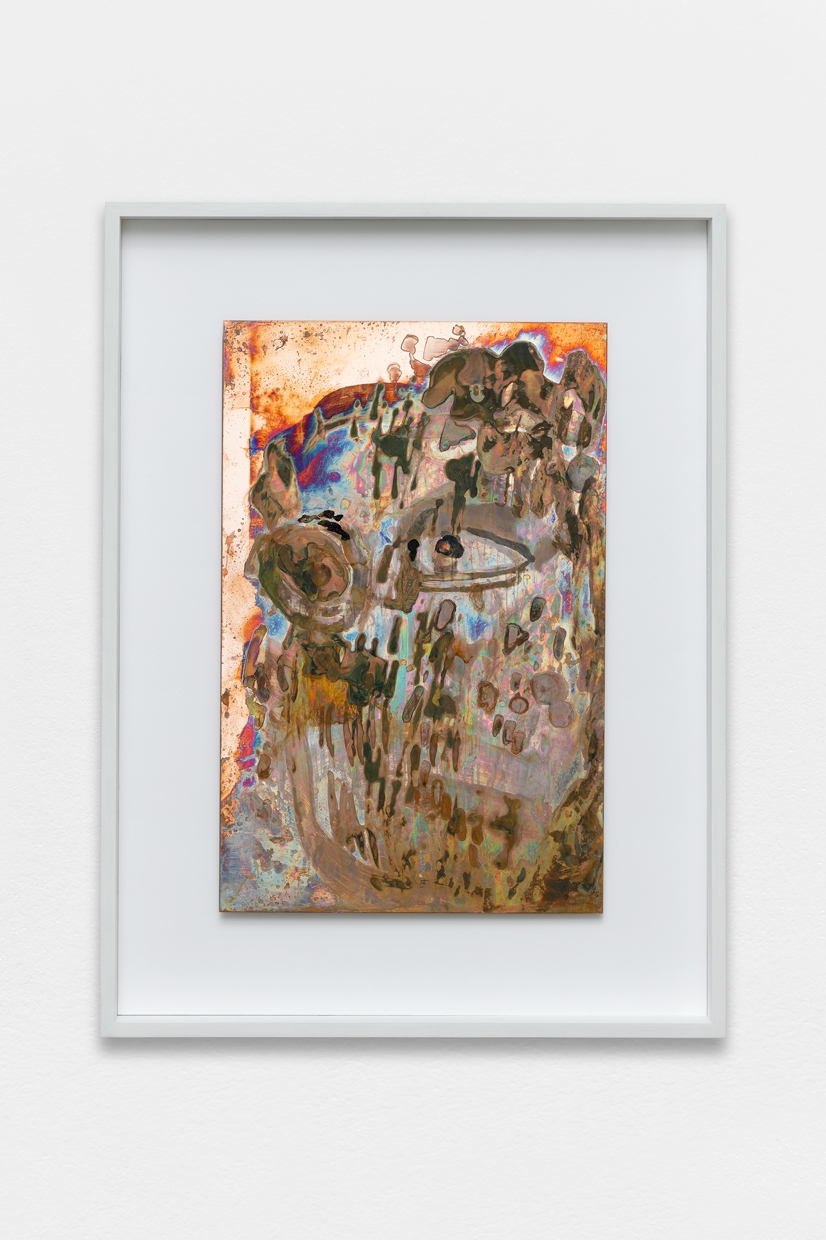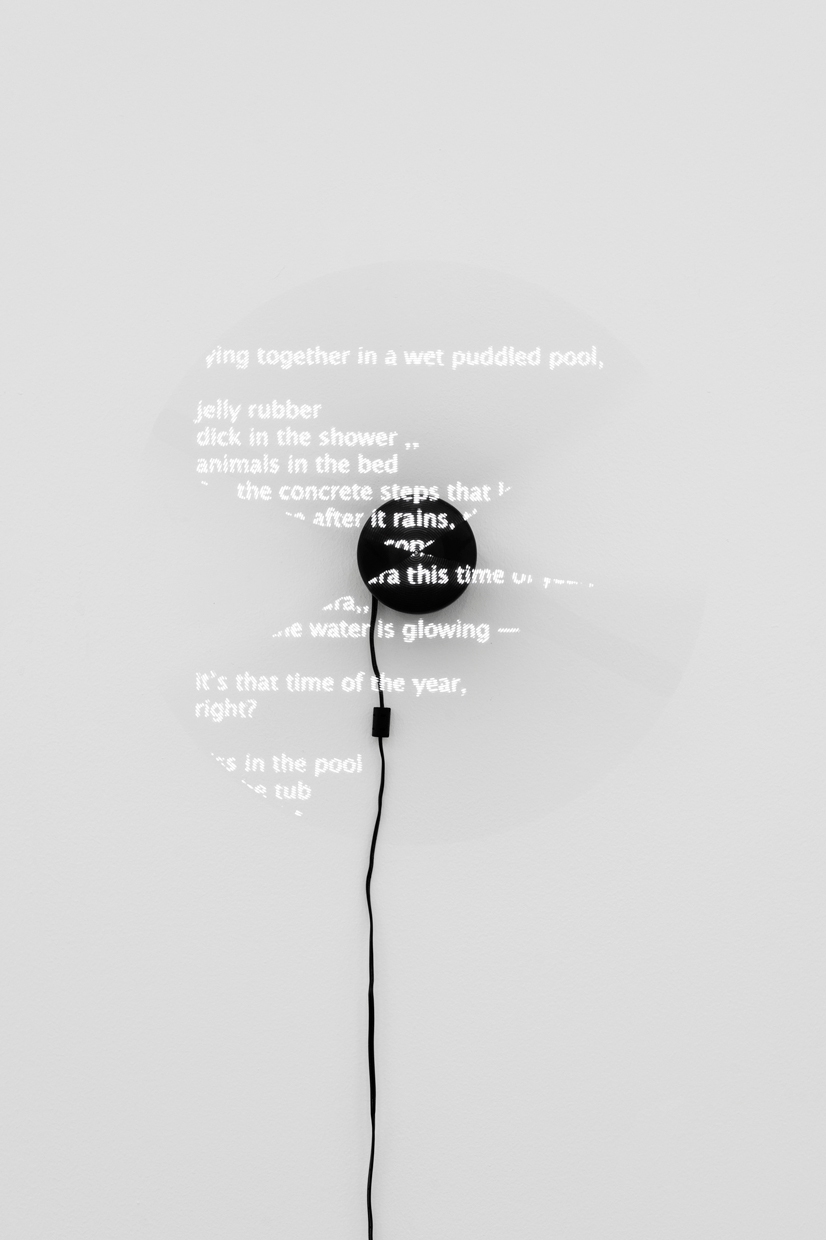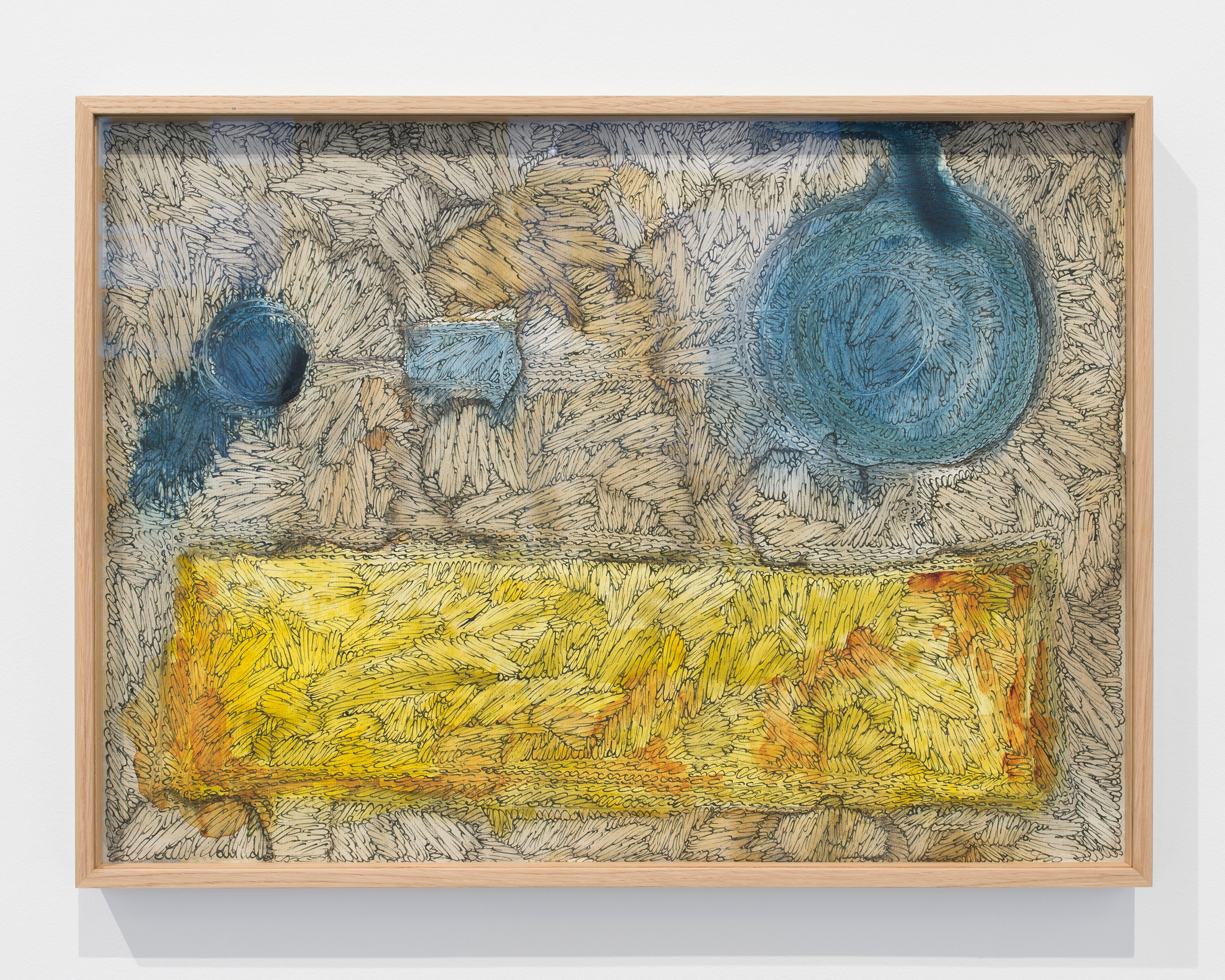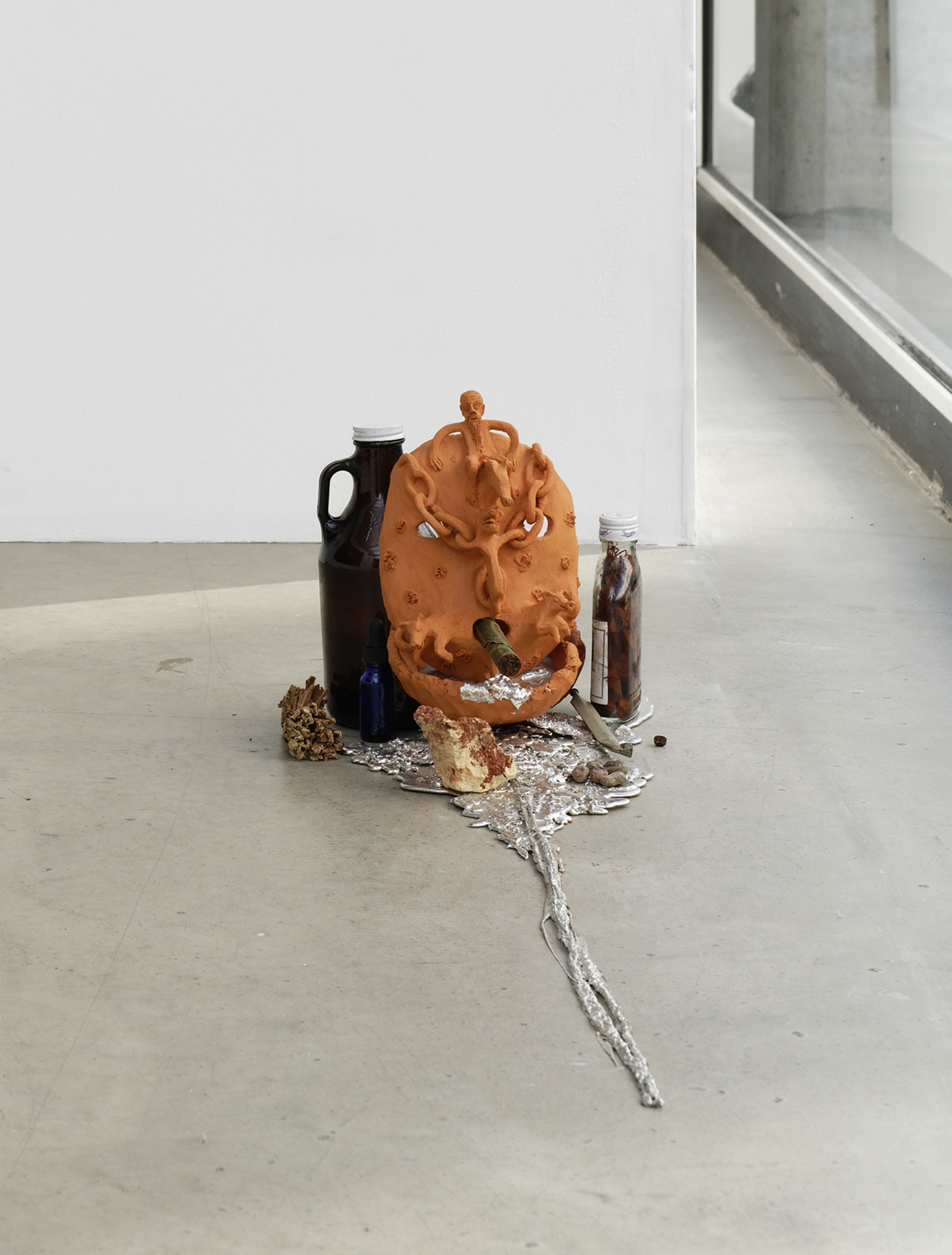P. Staff, Absalon, David Caille, Anthea Hamilton, Candice Lin, Tabita Rezaire, Achraf Touloun, Free. yard
When we talk about the abolition of binarism, we’re mostly talking about gender. But it has also been shown and discussed that non-binarism - in theory and in action - has implications far beyond these considerations: ontological, economic, logical and linguistic, amongst others. Some questions that would take us back / forward are (1) What does belief look like in a non-binary world? Since it might no longer be about adhering to an ideology, one could believe in a lot of things. Atheism could no longer be a negative (“non” -believer) but an openness to a multitude of faiths (2) What would sexuality look like if we were no longer identified and categorized according to gender? (3) Are debt and overdraft made obsolete in a universe where value itself is non-binary, where the + and the - are abolished? (4) But also, what does birth and death look like if we live non-binary existences?
On the website www.dictionary.com the definition of YESN’T that can be found reads as follow: “Yesn’t is a negative used to express dissent or an unwillingness to do something. It is another (or better) way of saying “no”.” Maybe this definition should be complicated: it is in fact a no camouflaged as a yes. A refusal that masquerades as affirmation. In the development of a non-binary vocabulary, «yesn’t» would have a special place. In the very forms they employ, the artists presented in YESN’T both practice what is called a politics of refusal, while paradoxically being here.
The text that Paul Maheke (“The Year I Stopped Making Art”) published in March 2020 on the platform www.documentations.art shows a fatigue of an (art)world that feeds off artists’ precariousness and the vampirization of what they can represent. However it also testifies to a desire and an energy to want to continue (by asking the questions: who to address? Who to work for? ). We must then ask ourselves two questions when approaching the works that make up YESN’T: what is offered to us? what is refused? Not only in terms of representations but also politically (the two being linked, always). One could ask, in the context of a collective exhibition presented at a commercial gallery: what is the part of democratic invention? What kind of power structure are in place? But also which forms of domination are disintegrated? Between Patrick Staff’s chimes that only sing one note and Absalon’s prototype toilet brushes (and what is in between), a collection emerges which, while engaging, is nonetheless disturbing. The images rumble. In one of them you can read, blurred: “4000 Daesh killed by UK Air Strikes but ‘Just 1 Civilian’”. Right next to it, butterflies.
Cedric Fauq
♡
C’est quand même vrai, quand on parle de l’abolition des binarités, qu’on s’adresse notamment au genre. Mais il a aussi été montré et discuté que la non-binarité – en théorie et en action – a des implications bien au-delà de ces considérations : ontologiques, économiques, logiques et linguistiques, notamment. Quelques questions qui nous permettraient de reculer / avancer sont (1) A quoi ressemble la croyance dans un monde non-binaire ? Puisqu’il ne s’agirait peut-être plus d’adhérer à une idéologie, on pourrait croire à beaucoup de chose. L’athéisme pourrait être non plus un négatif (“non”-croyant) mais une ouverture à une multitude de fois (2) Quelles formes prendrait la sexualité si nous ne sommes plus identifiés et catégorisés selon nos genres ? (3) La dette et le découvert sont-ils rendus caduque dans un univers ou la valeur même est non-binaire, où le + et le – sont abolis ? (4) Mais aussi, à quoi ressemble la naissance et la mort si l’on vit des existences non-binaires ?
Sur le site www.dictionary.com la définition de YESN’T qui est donnée est la suivante :
“Yesn’t est une négation utilisée pour exprimer un désaccord, ou une réticence à faire quelque chose. C’est une autre (ou meilleur) manière de dire « non »”. Il faudrait peut-être complexifier cette définition, c’est en fait un non camouflé en oui. Un refus qui se maquille en affirmation. Dans l’élaboration d’un vocabulaire non-binaire, « yesn’t » aurait une place de choix. D’ailleurs, dans les formes mêmes employées, ces artistes présentés dans YESN’T pratiquent à la fois ce que l’on appelle une politique du refus (politics of refusal), tout en étant, paradoxalement, bien présents. C’est que si le texte que Paul Maheke (« The Year I Stopped Making Art ») a publié en mars 2020 sur la plateforme www.documentations.art manifeste une fatigue d’un monde (de l’art) qui se nourrit de la précarisation des artistes et de la vampirisation de ce qu’elles et ils peuvent représenter, il témoigne aussi d’un désir et d’une énergie à vouloir continuer (en se posant les questions : à qui s’adresser ? pour qui travailler ?).
Il faut alors se poser deux questions en approchant les œuvres qui composent YESN’T : qu’est-ce qui se donne ? et, qu’est-ce qui se refuse ? Non seulement sur le plan des représentations, mais aussi politiquement (les deux étant toujours liés). C’est se demander, dans le cadre d’une exposition collective en galerie commerciale : quelle est la part d’invention démocratique ? Comment s’agencent les formes de pouvoir ? Mais aussi quelles formes de domination sont désagrégées ? Entre les carillons de Patrick Staff qui ne chantent qu’une note et le prototype de balais à WC d’Absalon (et ce qui se trouve entre les deux), se dessine une collection qui, bien que séduisante, n’en est pas moins inquiétante. Les images grondent. Dans l’une d’entre elles on peut y lire, en flou : « 4000 Daesh killed by UK Air Strikes but ‘Just 1 Civilian’ ». Plus loin, des papillons.
Cédric Fauq

